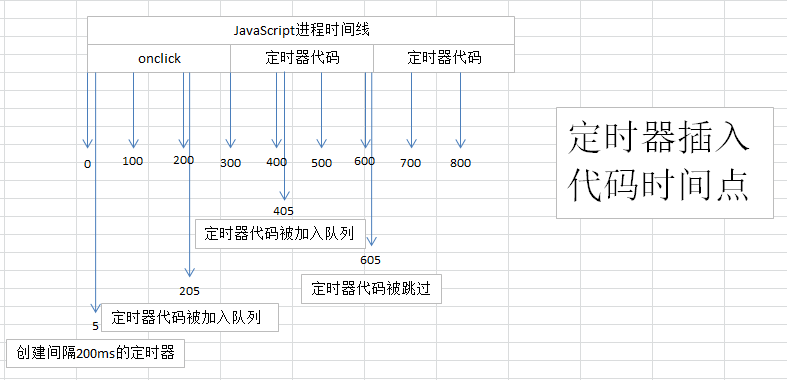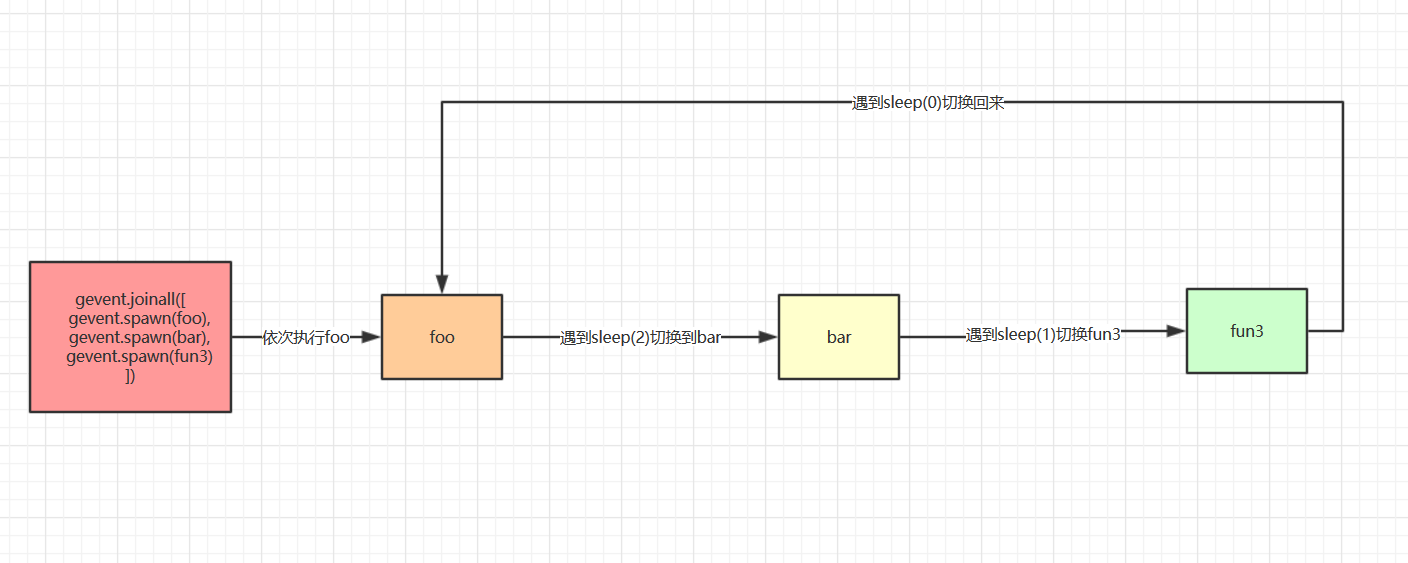一、索引的介绍
数据库中专门用于帮助用户快速查找数据的一种数据结构。类似于字典中的目录,查找字典内容时可以根据目录查找到数据的存放位置吗,然后直接获取。
二 、索引的作用
约束和加速查找
三、常见的几种索引:
- 普通索引
- 唯一索引
- 主键索引
- 联合索引(多列)
- 联合主键索引
- 联合唯一索引
- 联合普通索引


无索引: 从前往后一条一条查询
有索引:创建索引的本质,就是创建额外的文件(某种格式存储,查询的时候,先去格外的文件找,定好位置,然后再去原始表中直接查询。但是创建索引越多,会对硬盘也是有损耗。建立索引的目的:
a.额外的文件保存特殊的数据结构
b.查询快,但是插入更新删除依然慢
c.创建索引之后,必须命中索引才能有效 

hash索引和BTree索引 (1)hash类型的索引:查询单条快,范围查询慢 (2)btree类型的索引:b+树,层数越多,数据量指数级增长(我们就用它,因为innodb默认支持它)
3.1 普通索引
作用:仅有一个加速查找


create table userinfo(nid int not null auto_increment primary key,name varchar(32) not null,email varchar(64) not null,index ix_name(name));


create index 索引的名字 on 表名(列名)


drop index 索引的名字 on 表名


show index from 表名 3.2 唯一索引
唯一索引有两个功能:加速查找和唯一约束(可含null)


create table userinfo(id int not null auto_increment primary key,name varchar(32) not null,email varchar(64) not null,unique index ix_name(name));


create unique index 索引名 on 表名(列名)


drop index 索引名 on 表名;
mysql数据库索引、
3.3 主键索引
主键索引有两个功能: 加速查找和唯一约束(不含null)


create table userinfo(id int not null auto_increment primary key,name varchar(32) not null,email varchar(64) not null,unique index ix_name(name))orcreate table userinfo(id int not null auto_increment,name varchar(32) not null,email varchar(64) not null,primary key(nid),unique index ix_name(name))


alter table 表名 add primary key(列名);


alter table 表名 drop primary key;
alter table 表名 modify 列名 int, drop primary key; 3.4 组合索引
组合索引是将n个列组合成一个索引
其应用场景为:频繁的同时使用n列来进行查询,如:where name = 'alex' and email = 'alex@qq.com'。


create index 索引名 on 表名(列名1,列名2);
四、索引名词
#覆盖索引:在索引文件中直接获取数据 例如:select name from userinfo where name = 'alex50000';#索引合并:把多个单列索引合并成使用 例如:select * from userinfo where name = 'alex13131' and id = 13131;
六、正确使用索引的情况
数据库的概念? 数据库表中添加索引后确实会让查询速度起飞,但前提必须是正确的使用索引来查询,如果以错误的方式使用,则即使建立索引也会不奏效。
使用索引,我们必须知道:
(1)创建索引
(2)命中索引
数据库主键? (3)正确使用索引
准备:


#1. 准备表 create table userinfo( id int, name varchar(20), gender char(6), email varchar(50) );#2. 创建存储过程,实现批量插入记录 delimiter $$ #声明存储过程的结束符号为$$ create procedure auto_insert1() BEGINdeclare i int default 1;while(i<3000000)doinsert into userinfo values(i,concat('alex',i),'male',concat('egon',i,'@oldboy'));set i=i+1;end while; END$$ #$$结束 delimiter ; #重新声明分号为结束符号#3. 查看存储过程 show create procedure auto_insert1\G #4. 调用存储过程 call auto_insert1();
测试:
- like '%xx'select * from userinfo where name like '%al';- 使用函数select * from userinfo where reverse(name) = 'alex333';- orselect * from userinfo where id = 1 or email = 'alex122@oldbody';特别的:当or条件中有未建立索引的列才失效,以下会走索引select * from userinfo where id = 1 or name = 'alex1222';select * from userinfo where id = 1 or email = 'alex122@oldbody' and name = 'alex112'- 类型不一致如果列是字符串类型,传入条件是必须用引号引起来,不然...select * from userinfo where name = 999;- !=select count(*) from userinfo where name != 'alex'特别的:如果是主键,则还是会走索引select count(*) from userinfo where id != 123- >select * from userinfo where name > 'alex'特别的:如果是主键或索引是整数类型,则还是会走索引select * from userinfo where id > 123select * from userinfo where num > 123- order byselect email from userinfo order by name desc;当根据索引排序时候,选择的映射如果不是索引,则不走索引特别的:如果对主键排序,则还是走索引:select * from userinfo order by nid desc;- 组合索引最左前缀如果组合索引为:(name,email)name and email -- 使用索引name -- 使用索引email -- 不使用索引
什么是最左前缀呢?
最左前缀匹配:create index ix_name_email on userinfo(name,email);select * from userinfo where name = 'alex';select * from userinfo where name = 'alex' and email='alex@oldBody';select * from userinfo where email='alex@oldBody';如果使用组合索引如上,name和email组合索引之后,查询(1)name和email ---使用索引(2)name ---使用索引(3)email ---不适用索引对于同时搜索n个条件时,组合索引的性能好于多个单列索引
******组合索引的性能>索引合并的性能*********
七、索引的注意事项
(1)避免使用select *(2)count(1)或count(列) 代替count(*)(3)创建表时尽量使用char代替varchar(4)表的字段顺序固定长度的字段优先(5)组合索引代替多个单列索引(经常使用多个条件查询时)(6)尽量使用短索引 (create index ix_title on tb(title(16));特殊的数据类型 text类型)(7)使用连接(join)来代替子查询(8)连表时注意条件类型需一致(9)索引散列(重复少)不适用于建索引,例如:性别不合适
八、执行计划
explain + 查询SQL - 用于显示SQL执行信息参数,根据参考信息可以进行SQL优化
数据库索引,
mysql> explain select * from userinfo;+----+-------------+----------+------+---------------+------+---------+------+---------+-------+| id | select_type | table | type | possible_keys | key | key_len | ref | rows | Extra |+----+-------------+----------+------+---------------+------+---------+------+---------+-------+| 1 | SIMPLE | userinfo | ALL | NULL | NULL | NULL | NULL | 2973016 | NULL |+----+-------------+----------+------+---------------+------+---------+------+---------+-------+mysql> explain select * from (select id,name from userinfo where id <20) as A;+----+-------------+------------+-------+---------------+---------+---------+------+------+-------------+| id | select_type | table | type | possible_keys | key | key_len | ref | rows | Extra |+----+-------------+------------+-------+---------------+---------+---------+------+------+-------------+| 1 | PRIMARY | <derived2> | ALL | NULL | NULL | NULL | NULL | 19 | NULL || 2 | DERIVED | userinfo | range | PRIMARY | PRIMARY | 4 | NULL | 19 | Using where |+----+-------------+------------+-------+---------------+---------+---------+------+------+-------------+2 rows in set (0.05 sec)
参数说明:
select_type:查询类型SIMPLE 简单查询PRIMARY 最外层查询SUBQUERY 映射为子查询DERIVED 子查询UNION 联合UNION RESULT 使用联合的结果 table:正在访问的表名 type:查询时的访问方式,性能:all < index < range < index_merge < ref_or_null < ref < eq_ref < system/constALL 全表扫描,对于数据表从头到尾找一遍select * from userinfo;特别的:如果有limit限制,则找到之后就不在继续向下扫描select * from userinfo where email = 'alex112@oldboy'select * from userinfo where email = 'alex112@oldboy' limit 1;虽然上述两个语句都会进行全表扫描,第二句使用了limit,则找到一个后就不再继续扫描。INDEX : 全索引扫描,对索引从头到尾找一遍select nid from userinfo;RANGE: 对索引列进行范围查找select * from userinfo where name < 'alex';PS:between andin> >= < <= 操作注意:!= 和 > 符号INDEX_MERGE: 合并索引,使用多个单列索引搜索select * from userinfo where name = 'alex' or nid in (11,22,33);REF: 根据索引查找一个或多个值select * from userinfo where name = 'alex112';EQ_REF: 连接时使用primary key 或 unique类型select userinfo2.id,userinfo.name from userinfo2 left join tuserinfo on userinfo2.id = userinfo.id;CONST:常量表最多有一个匹配行,因为仅有一行,在这行的列值可被优化器剩余部分认为是常数,const表很快,因为它们只读取一次。select id from userinfo where id = 2 ;SYSTEM:系统表仅有一行(=系统表)。这是const联接类型的一个特例。select * from (select id from userinfo where id = 1) as A;possible_keys:可能使用的索引
key:真实使用的key_len: MySQL中使用索引字节长度rows: mysql估计为了找到所需的行而要读取的行数 ------ 只是预估值extra:该列包含MySQL解决查询的详细信息“Using index”此值表示mysql将使用覆盖索引,以避免访问表。不要把覆盖索引和index访问类型弄混了。“Using where”这意味着mysql服务器将在存储引擎检索行后再进行过滤,许多where条件里涉及索引中的列,当(并且如果)它读取索引时,就能被存储引擎检验,因此不是所有带where子句的查询都会显示“Using where”。有时“Using where”的出现就是一个暗示:查询可受益于不同的索引。“Using temporary”这意味着mysql在对查询结果排序时会使用一个临时表。“Using filesort”这意味着mysql会对结果使用一个外部索引排序,而不是按索引次序从表里读取行。mysql有两种文件排序算法,这两种排序方式都可以在内存或者磁盘上完成,explain不会告诉你mysql将使用哪一种文件排序,也不会告诉你排序会在内存里还是磁盘上完成。“Range checked for each record(index map: N)”这个意味着没有好用的索引,新的索引将在联接的每一行上重新估算,N是显示在possible_keys列中索引的位图,并且是冗余的
九、慢日志记录
开启慢查询日志,可以让MySQL记录下查询超过指定时间的语句,通过定位分析性能的瓶颈,才能更好的优化数据库系统的性能。
(1) 进入MySql 查询是否开了慢查询show variables like 'slow_query%';参数解释:slow_query_log 慢查询开启状态 OFF 未开启 ON 为开启slow_query_log_file 慢查询日志存放的位置(这个目录需要MySQL的运行帐号的可写权限,一般设置为MySQL的数据存放目录)
(2)查看慢查询超时时间show variables like 'long%';ong_query_time 查询超过多少秒才记录 默认10秒 (3)开启慢日志(1)(是否开启慢查询日志,1表示开启,0表示关闭。)set global slow_query_log=1; (4)再次查看show variables like '%slow_query_log%';(5)开启慢日志(2):(推荐)在my.cnf 文件中找到[mysqld]下面添加:slow_query_log =1slow_query_log_file=C:\mysql-5.6.40-winx64\data\localhost-slow.loglong_query_time = 1参数说明:slow_query_log 慢查询开启状态 1 为开启slow_query_log_file 慢查询日志存放的位置long_query_time 查询超过多少秒才记录 默认10秒 修改为1秒
十、分页性能相关方案
数据库基础与应用、先回顾一下,如何取当前表中的前10条记录,每十条取一次.......
第1页: select * from userinfo limit 0,10; 第2页: select * from userinfo limit 10,10; 第3页: select * from userinfo limit 20,10; 第4页: select * from userinfo limit 30,10; ...... 第2000010页 select * from userinfo limit 2000000,10;PS:会发现,越往后查询,需要的时间约长,是因为越往后查,全文扫描查询,会去数据表中扫描查询。
最优的解决方案
(1)只有上一页和下一页做一个记录:记录当前页的最大id或最小id下一页:select * from userinfo where id>max_id limit 10;上一页:select * from userinfo where id<min_id order by id desc limit 10;(2) 中间有页码的情况select * from userinfo where id in(select id from (select * from userinfo where id > pre_max_id limit (cur_max_id-pre_max_id)*10) as A order by A.id desc limit 10);

![[小技巧]快速生成验证码](https://www.oschina.net/img/hot3.png)










